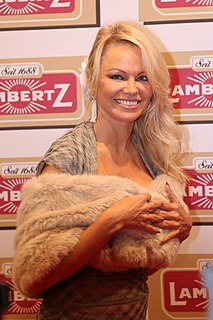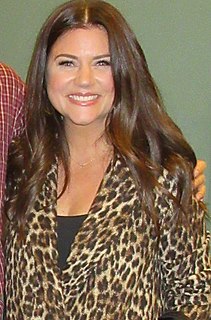A Quote by Stella McCartney
Depending on the season, between 20 and 30 percent of my collections contain some sort of eco or sustainable element, whether it's a beautiful organic fabric or a natural dye. And obviously I don't use animal skins or fur of any kind.
Related Quotes
The decisions we make, individually and personally, become the fabric of our lives. That fabric will be beautiful or ugly according to the threads of which it is woven. I wish to say particularly to the young men who are here that you cannot indulge in any unbecoming behavior without injury to the beauty of the fabric of your lives. Immoral acts of any kind will introduce an ugly thread. Dishonesty of any kind will create a blemish. Foul and profane language will rob the pattern of its beauty.
Economists often talk about the 80/20 Principle, which is the idea that in any situation roughly 80 percent of the “work” will be done by 20 percent of the participants. In most societies, 20 percent of criminals commit 80 percent of crimes. Twenty percent of motorists cause 80 percent of all accidents. Twenty percent of beer drinkers drink 80 percent of all beer. When it comes to epidemics, though, this disproportionality becomes even more extreme: a tiny percentage of people do the majority of the work.
In almost any change there is 20 - 60 - 20. 20% are doing the change and we need to stay out of their way. 20% will never get there (a large percent still go into banks to see tellers vs. ATMs). 60% are in the middle. I think you will always find some companies where the head of HR is not a member of senior management team (bottom 20% and some companies where she or he has always been (top 20%).
If you look at the expenses of a great pharmaceutical company, they pay between about 10 to 15 percent of their expenses for research, but they use 30 to 40 percent of their incomes for marketing and promotion. It is not completely wrong that they spend so much, but it is not correct to say that there is a direct connection between the price of drugs and the cost of research. It could be more between the cost of marketing and the cost of the drugs.








































